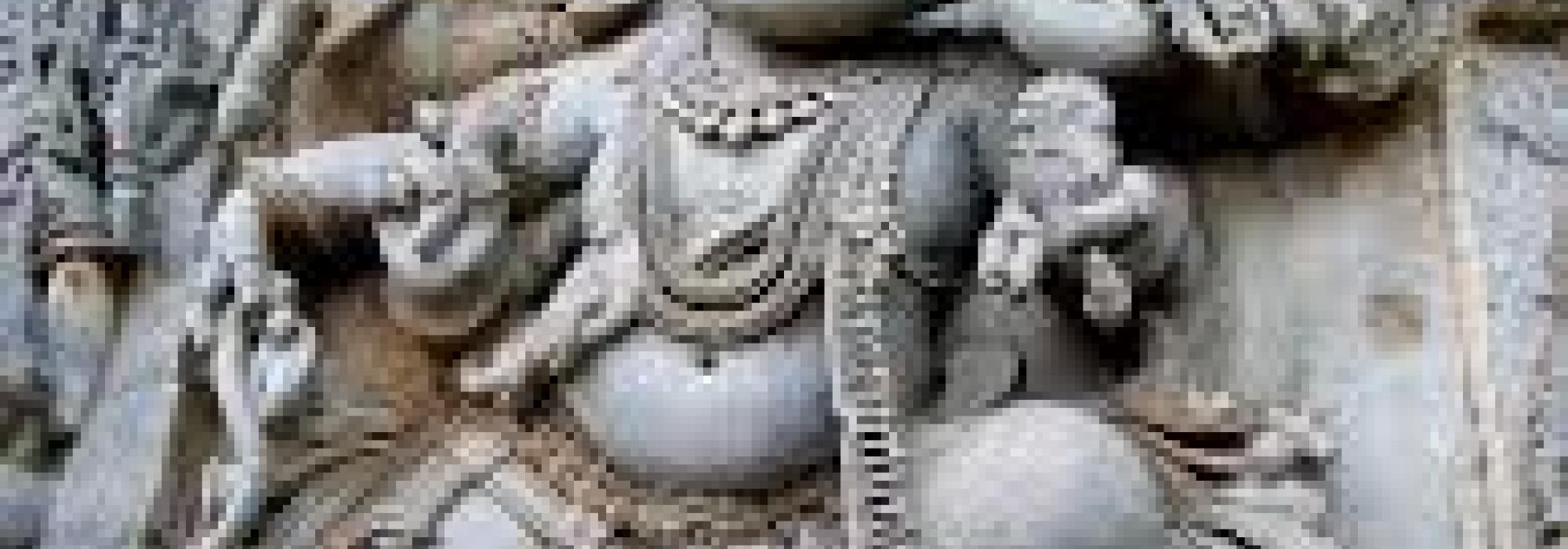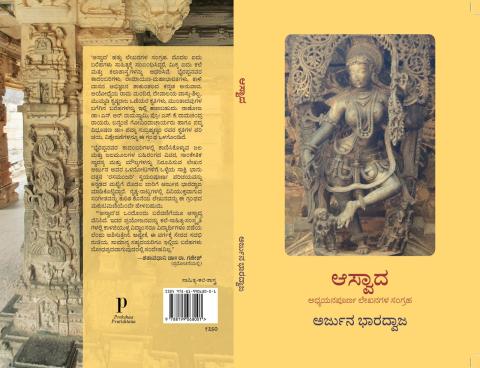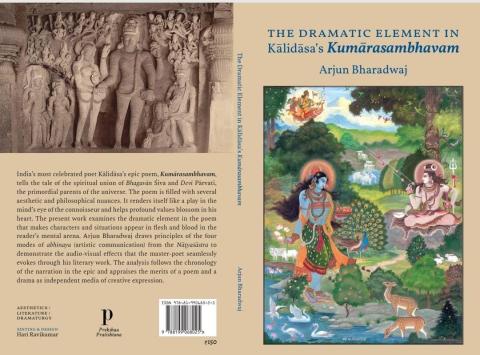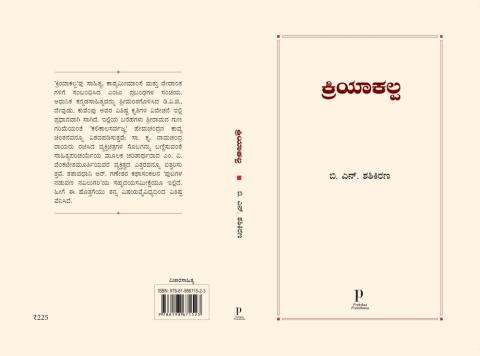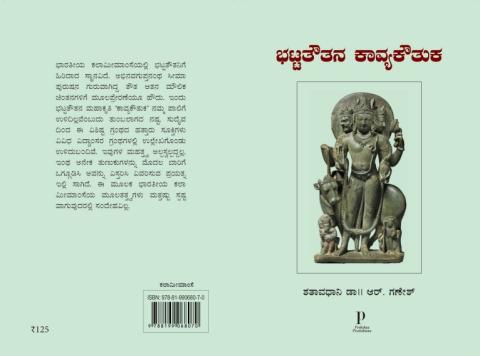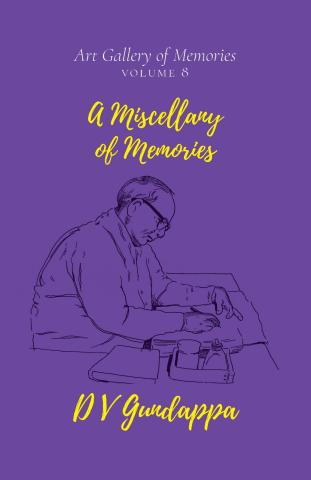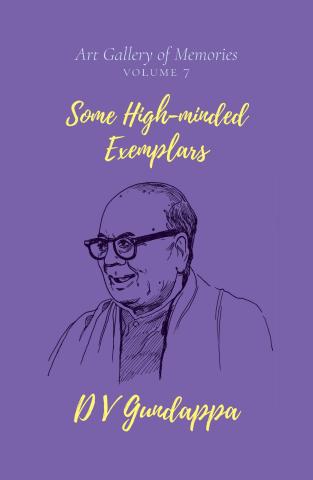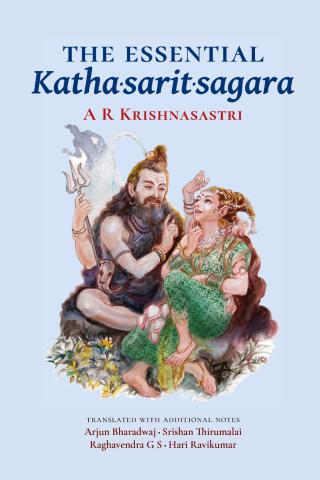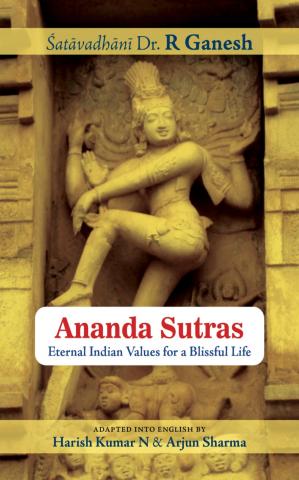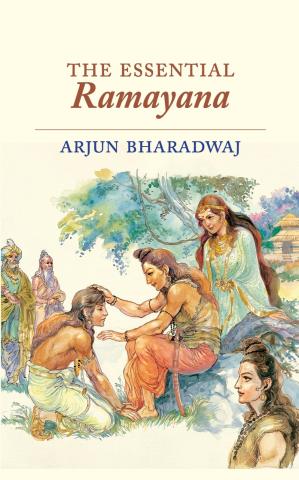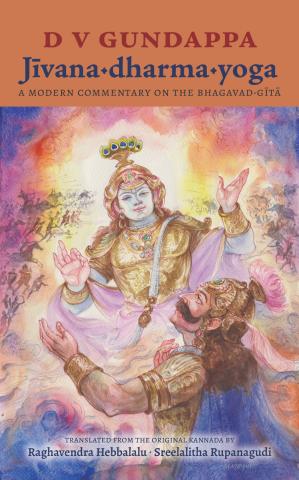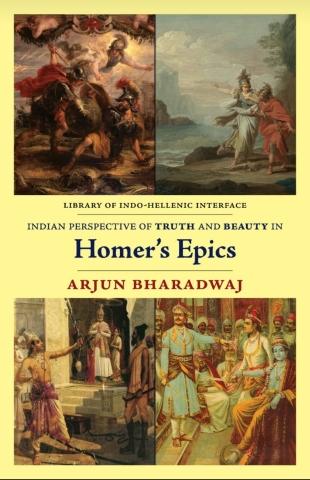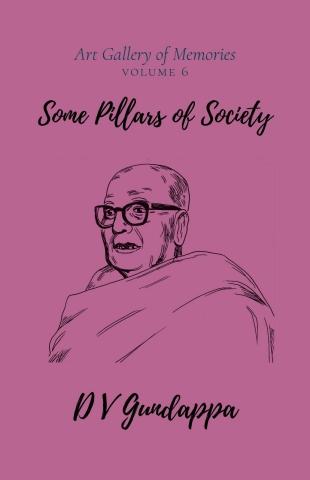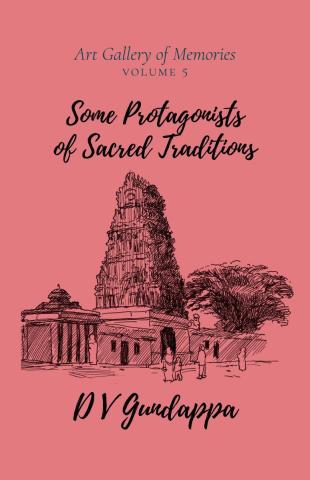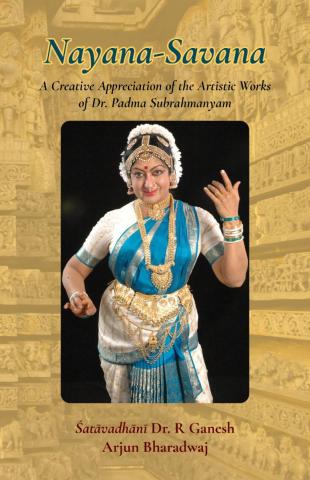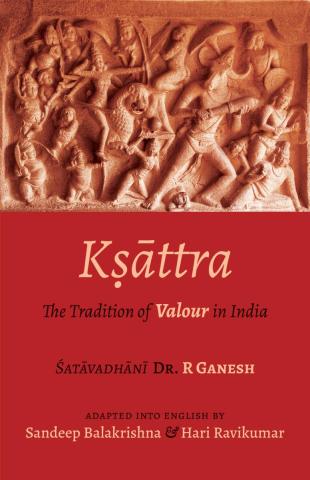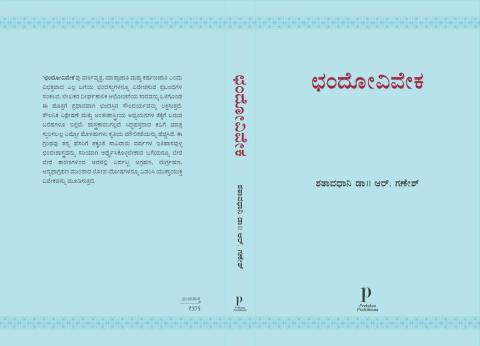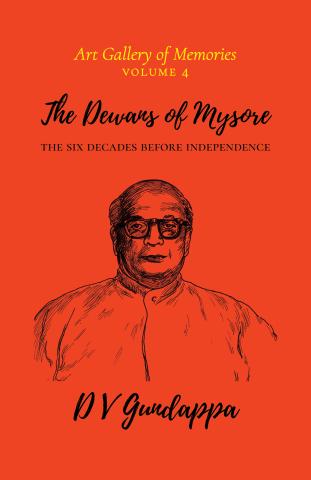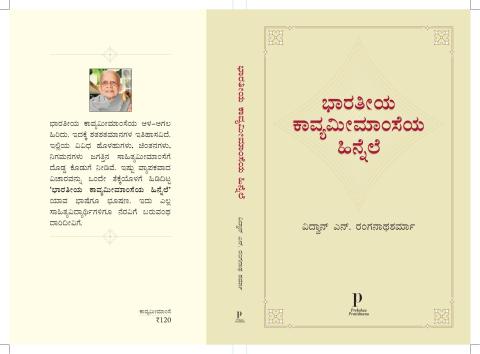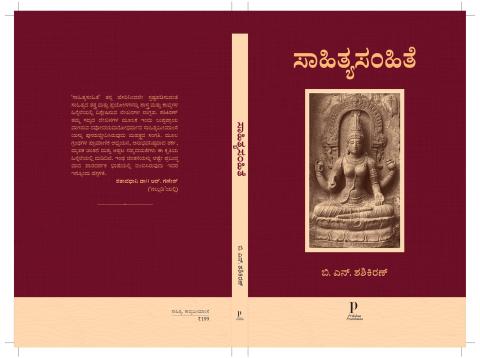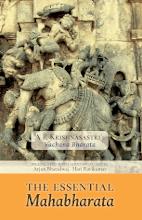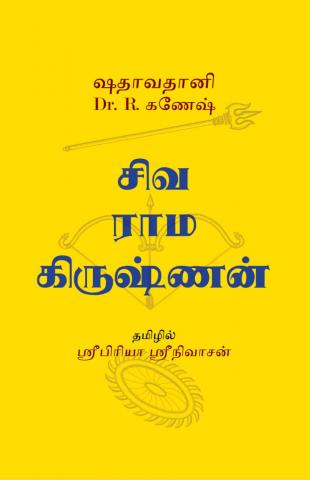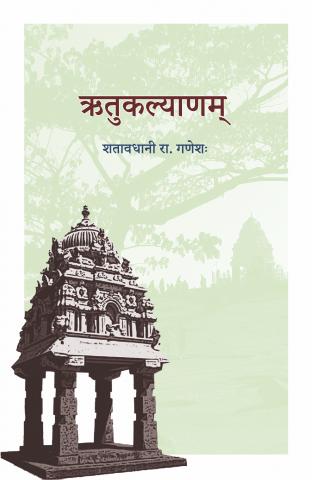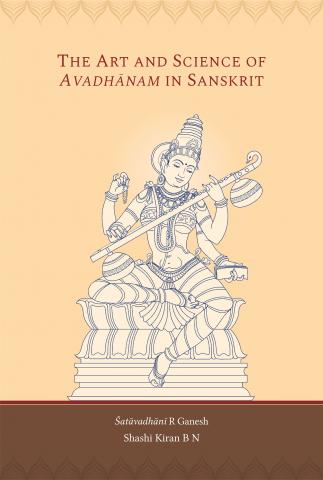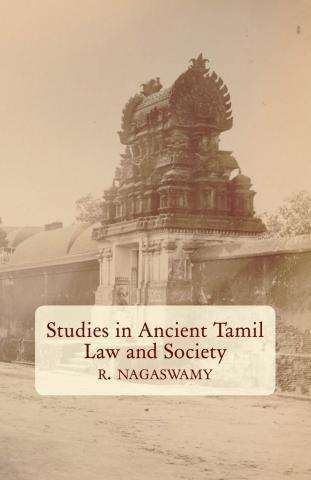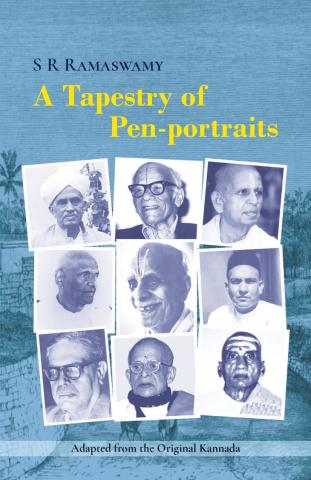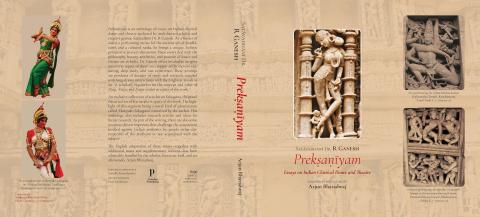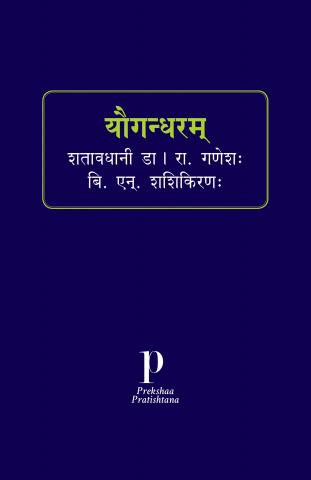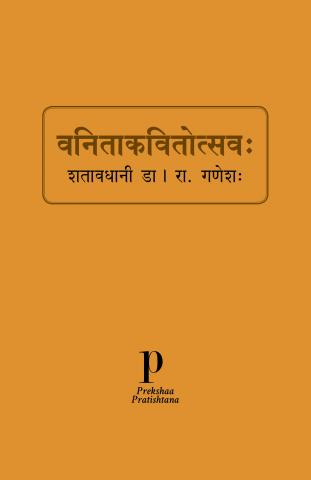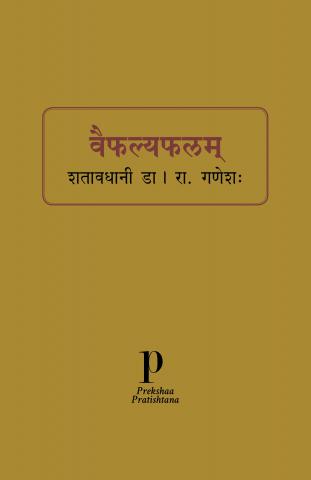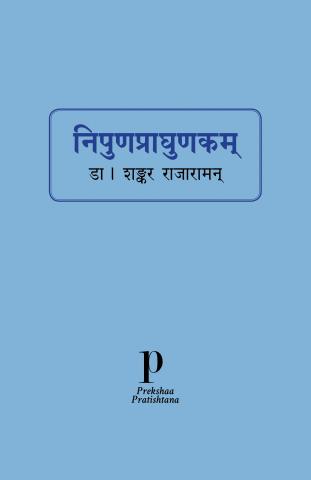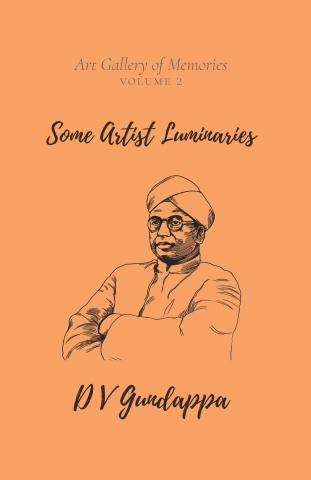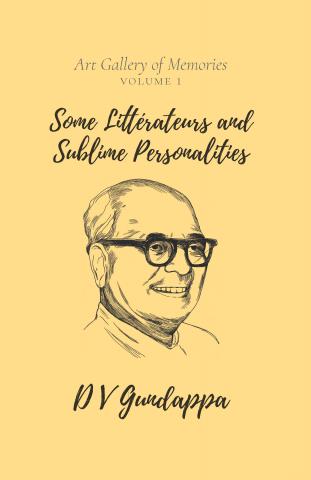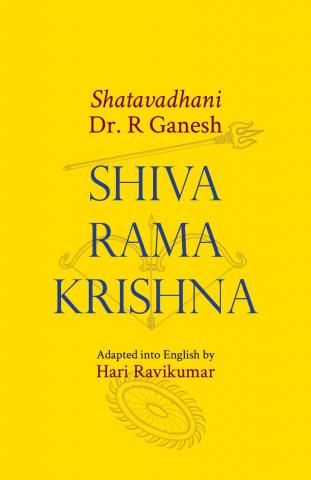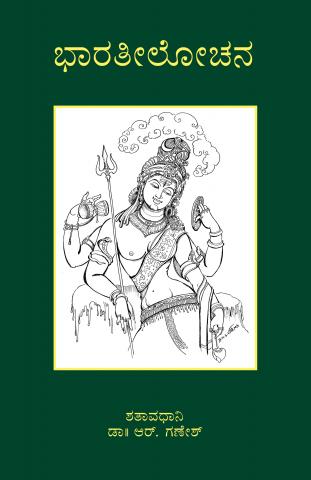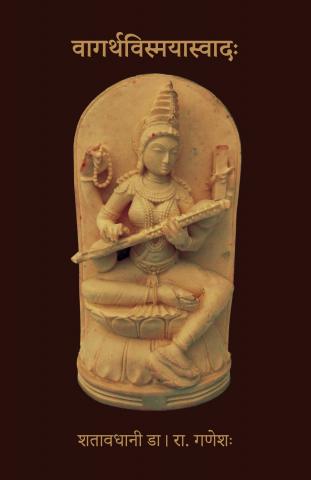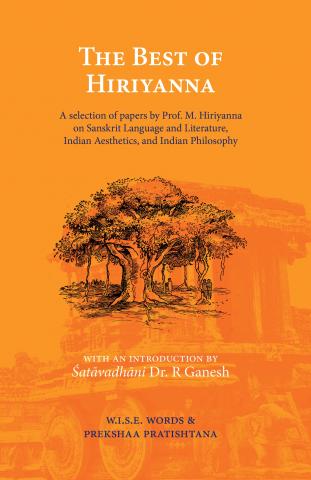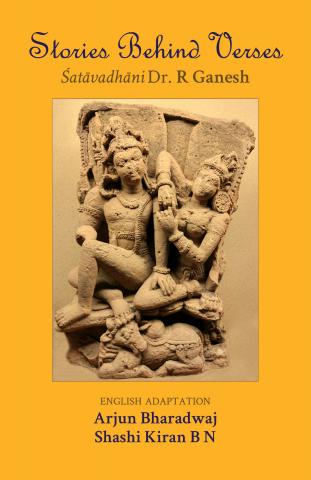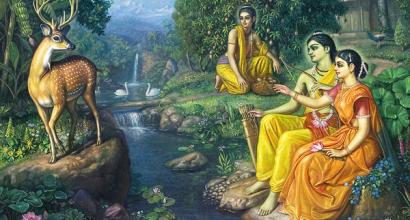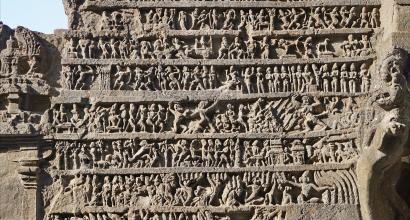The Debauchery of the Art of Dance
No one would mistake the intention of deterring the profession of prostitution. But it cannot be accepted that the art of dance is the causal factor or an impetus for adultery. If we supress the art, can the other reasons for prostitution also be supressed? In today’s current newspaper’s business advertisements, how many attractive images and display of the body appear? What all kinds of movies are being made? How many newspapers exist that are dedicated exclusively to cosmetics? How many beauty contests and shows are being conducted? How many situations do we see where ministers and justice providers of the state attend such shows as chief guests and judges and support such shows? In such times, saying that Bharatanāṭya encouraged prostitution is like saying a grape proved to be too big for an elephant’s throat.
The opposition to the Tāfā which took place in 1906-7, quietened on its own in some time.
A pioneer of that movement, Judge Chandavarkar has written an account about the profession of a courtesan by name Tārānāyaki in an entertaining style. Chandavarkar has a beautiful style of writing in English. He belongs to the array of brilliant persons. He has also been the president of Congress at one point of time.
There is, apparently, a street in the name of Tārānāyaki in Bombay. I have read the writings of Chandavarkar unreservedly praising Tārānāyaki’s excellent qualities and courteousness. I feel it is a literature worth studying even to this day.
I know of several circumstances where the dancers possess devotion, dignity, courtesy and decorum. On sacred days such as Śrīrāmanavamī, Gokulāṣṭamī, Śivarātri, Kārtika somavāra and such, religious ceremonies would be conducted in their homes, as prescribed by tradition. They would prepare Pānakapaṇyāra (lemonade, lentil salad etc.) and distribute them and would also give offerings to married women and learned men. There are also many examples where, after the demise of the patron, his dependant would assume the vow of widowhood and lead a life of austerities.
The material manifestations of the bodily life becoming despicable, the emergence of apathy towards luxuries and an increase in interest towards spirituality, is only but natural for a person who has led that kind of life.
Bhavāni, Tāyi
Around 1906-7, the city of Bangalore was famous for two singers – Bhavāni and Coimbatore Tāyi. Once, Bhavāni and Tāyi’s concert took place in the house of K.S.Chandrashekhar Iyer, the then Secretary of the Government (he later became the Chief Judge of the High Court). “Can such noble men encourage prostitutes?” – such kind of criticisms appeared in the newspapers. In spite of such criticisms, the concerts did not stop.
During the time of the concerts in Bangalore by Coimbatore Tāyi and Bhavāni, one would only hear words of praise if they were to visit any association of connoisseurs. Their style of singing seemed a tad new to the people of Bangalore. The manner of singing the famous Kāmboji rāga Kīrtane, Śri subraḥmaṇyāya namaste, by one among the two – I have forgotten who – seemed rare to the people here. They would experiment with every letter of the song in Śri-su-br-aḥma-ṇyā-ya and na-ma-ste with Gamakas (embellishment of the musical notes). Since their voice had a lovely intonation, their singing was beautified. Discussion about their Gamakasthānas (placement and usage of the gamakas) would also take place.
“This pattern was not told by our Guru. We should not be following it,” said some.
“Just because the pattern has not been taught to you, is it possible to say that it is not beautiful?” said others.
“If we include something that has not been taught by our Guru then it is betrayal to our teacher,” said some others
“If your teacher did not have the creative ability, why can we not accept the beautiful creations of others? By accepting it, it will be like you have further extended the work done by your Guru is it not?” – said some more people.
In this way, debates took place at Ramakrishnappa’s fashion material shop in Chikkapete, at Ramaswamayya’s book store and at Kallappa’s betel leaves and banana shops. Whether such connoisseurs are there in markets now, I do not know.
And this is how the Coimbatore doyens had quite a bit of an imposing influence on the music of Bengaluru.
Redemption
One day, there was a concert arranged at a big mansion on Srikrishnarajendra road in Basavanagudi. (that house is still there – opposite to the Basavanagudi Union and Service club by the name – by the name ‘Cidvilāsa’. (Now there is a post office in its place) The music concert was organized on a Sunday evening at around four. Many distinguished men had assembled. I was sitting on the northern side of the house on the grass, on a slope, to listen to the music. After two to three minutes, Headmaster K.A.Krishnaswamy Iyer came out from the neighbouring house. He saw me and asked:
Kr: “hey man! why are you sitting here?”
Me: “to listen to the music”
Kr: “can you not come inside? To what will you listen here?”
Me: “I am anti-dance. I should not be seeing their face. I have undertaken a vow.”
Saying thus, I showed the thread that I had tied as a mark of the pledge. He laughed loudly pulling me with my arm – “Oath?! What have you witnessed to say that you will not see their faces? Very good! You don’t see their face. Close your eyes and sit.” saying so he dragged me inside. My vow did break; but it did not cause grief. In fact, I was more than happy.
I felt ashamed as well. But that was soon forgotten. If I think about it now, that I got that pretext to go inside gives me joy. It was an atonement for taking up an incorrect vow.
The Important Aspect of the Occupation
The Nāyakasānīs were leading their life mainly through their music and dance services. That they were earning money being the mistresses of their patrons are the words of the ignorant and exaggerated as well. There weren’t many affluent persons who would be keeping mistresses. Such people were hardly two or three in a big city. Many of the dancers would be having some portions of land for their services in the temple. Many of them would be married as well. They had agriculture as their main occupation. One or two days in a week at an appointed time, as appointed the dancer would go to the temple and perform her dance as a part of the evening’s ritual of lighting the lamp, and then return. During the valedictory time when the priest chants “svāminaḥ svasti mantrārthāḥ saphalāḥ satyāḥ santviti bhavanto mahāntaḥ prārthayantu” and when he would say “saṅgītamavadhāraya.” “nartanamavadhāraya” – the Naṭuvars would perform their service. And for this they were endowed with some land. This was the mainstay of their occupation.
Up until the Mysore government stopped the tradition of Devadāsī’s service, this profession was prevailing. As part of the intention to stop prostitution in the country, Arcot Srinivasacharya, with the misplaced understanding that the dancer’s profession was the camouflage for prostitution, stopped the tradition of dance service that had been passed down from ancient times. Since then, that ancestry/race started deteriorating.
The adultery did not anyway cease but the art weakened. If the prostitution was abolished then I am not aware of that. The art of dance/theatre becoming impoverished was an indubitable situation.
Due to the efforts of Smt Rukmini Devi of Kalākṣetra, Adyar in Madras and such others, the dance forms Bharatanāṭya, Kerala’s Kathakaḷi, Andhra’s Kuc̣ipuḍi, Assam’s Maṇipuri are becoming noteworthy in the newspapers of late. It would be difficult to say what shape these dance traditions will take over time.
Some years back, when I met an elderly dancer, I had asked her: “Amma, it has been many days since I watched a good Tāfā. Is there anyone these days who performs dance in a conventional manner? If there are please do tell me. I have witnessed the Tāfā of the earlier times. I am now eager to see that.”
Sighing deeply, with a wry smile and showing disappointment through gestures, she said:
“Sir, all that has disappeared now. Now there is only Ākāśanartana.” (literally, aerial dancing)
Numerous connotations are possible for the words she used. Without pressing the matter further, I dismissed the idea there itself.
The up coming male and female dancers of today, are of a new style – it seems they imitate the western ballet. How would something foreign taste to a tongue that is accustomed to savouring ripe mangoes during the pre-monsoons?

